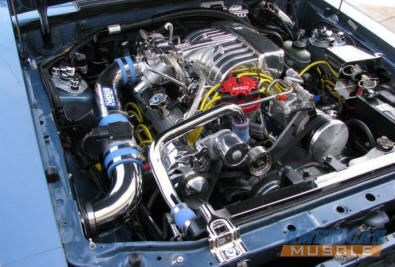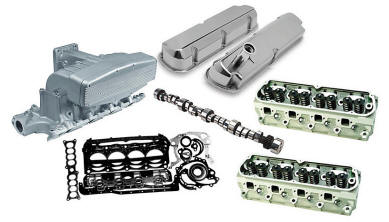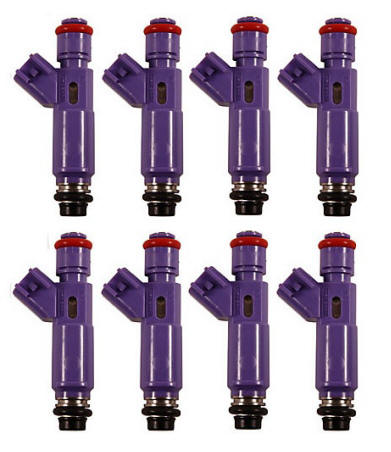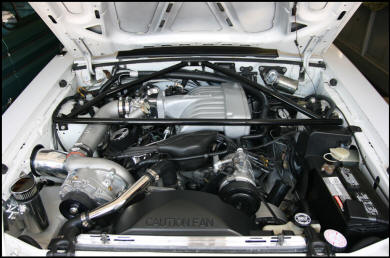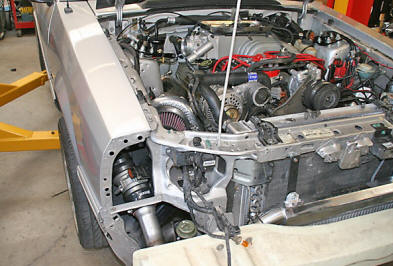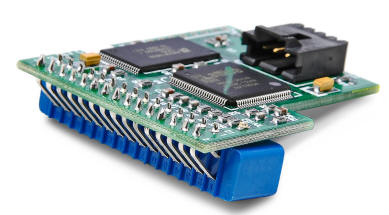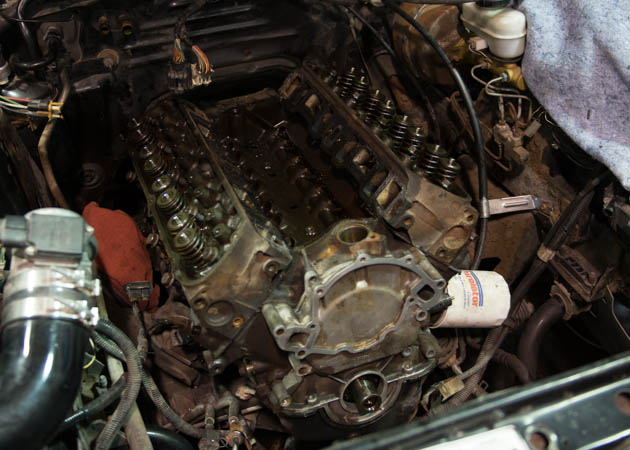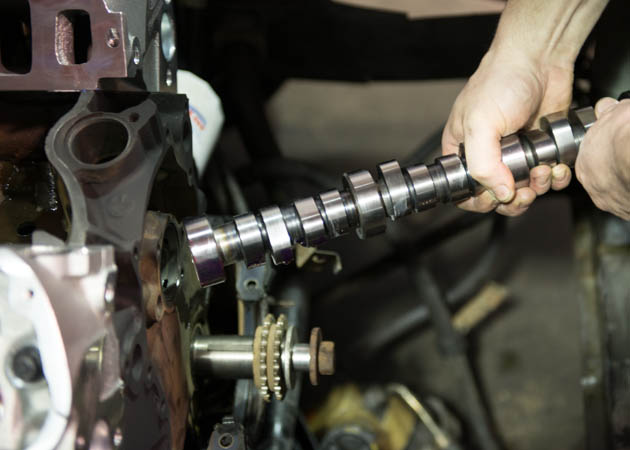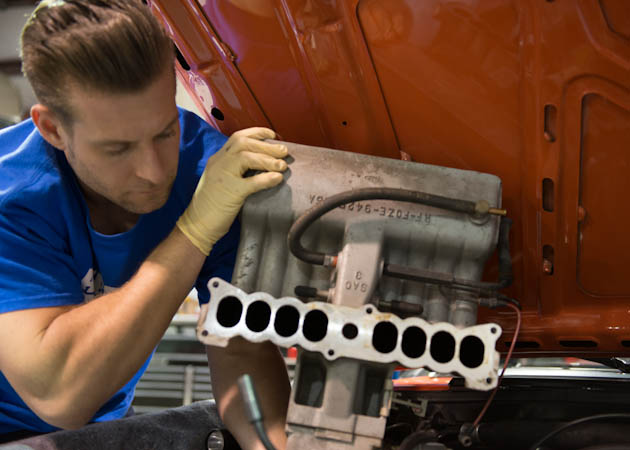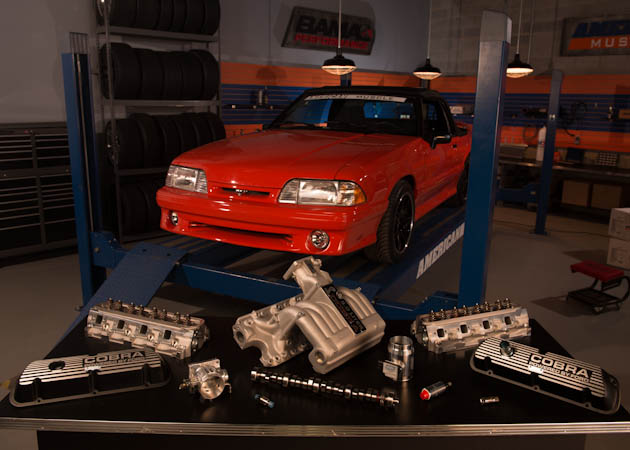We will examine all avenues for making serious power with the 5.0L Fox Body Mustang and hopefully after reading you’ll have a good idea of which is right for your Mustang’s future.
Contents
- Naturally Aspirated Fox Body Builds
- Naturally Aspirated Engines
- Getting a Fox Body to Make More Rear Wheel Power
- Naturally Aspirated Fox Body Motors - The Facts
- Fox Body Engine Internals & Hardware
- Fox Body Fuel Delivery & Ignition
- Fox Body Fuel Delivery & Ignition
- Effects on Your Mustang's Reliability
- Bottom Line
- Making More Power With Forced Induction
- Supercharging/Turboing a Stock 5.0L Mustang's Motor
- Fox Mustang Engine Internals and Hardware
- Boosted Mustangs - Fuel & Ignition
- Does Forced Induction Affect a Fox Body's Reliability?
- Putting It In Perspective
- What Are The Best Engine Mods For My Fox Body Mustang
- Fox Body Mustang Cylinder Heads
- Ford Mustang Camshafts
- Fox Body Mustang Intake Manifolds
- Fox Body Exhaust Systems
- It's About the Whole Package
Shop Fox Body Performance
Fox Bodies were formidable opponents in their day. Unfortunately, with today's modern muscle cars this is no longer the case. You can still even the score by upgrading your Fox Body with the right power mods.


